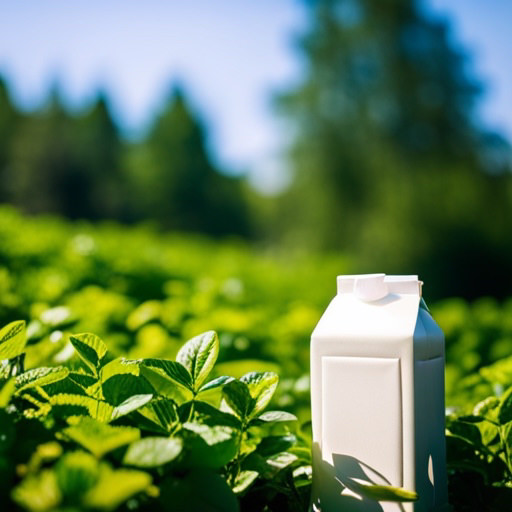Ah, Thanksgiving lunch is done, and now it is dinner time! A time when your fridge is brimming with an abundance of leftovers, each container promising a replay of the earlier time of eating a touch too much. But wait, what’s missing in this delicious picture of leftover delight? The perfect cup of coffee, of course. The right coffee can elevate your leftover turkey sandwich into a gourmet experience, transform a simple slice of pie into a café-worthy dessert, and turn a quiet evening of indulging in leftovers into a cozy, culinary adventure. Here are some coffee drink thoughts that would pair nicely with the leftovers of your choice:
First, the usual staples of the Americano, Mocha, Cappuccino, Espresso, Vanilla Latte shouldn’t just be forgotten, they are all easy and quick to make. The more specialized seasonal drinks that will kick up the plate of leftovers are fun as well, Pumpkin Spice Latte, Gingerbread Latte, Caramel Macchiato, and Vanilla Latte too.
For taking it to the next level, here are a group of coffee treats that are sure to step outside of the normal list:
Spiced Orange Mocha: Add a twist to the classic mocha by infusing it with orange zest and a pinch of holiday spices like cinnamon and nutmeg. This coffee drink can complement the richness of turkey and stuffing beautifully.
Cardamom Latte: Infuse your latte with cardamom, a spice that adds a unique, aromatic flavor. Check, you may be surprised you have Cardamon amongst your spices. It’s a delightful match for the spiced and herby flavors in Thanksgiving dishes.
Hazelnut Cappuccino: The nutty flavor of hazelnut in a frothy cappuccino can provide a delightful contrast to the rich and savory flavors of traditional Thanksgiving meals.
Salted Caramel Affogato: If your waiting to drink coffee with dessert, try an affogato with salted caramel ice cream. Pour a shot of hot espresso over the ice cream for a sweet and slightly salty treat.
Apple Pie Latte: Infuse your latte with apple pie spices and a hint of apple or caramel syrup. This drink would be a perfect match for the warm, comforting flavors of Thanksgiving desserts. Yes, I have used a dab of the apple pie filling, but the ratio can be get right on the first try since different pies can have very different taste intensities.
Maple Bourbon Coffee: I needed to get at least one alcohol coffee on the list. Combine hot coffee with a splash of bourbon and maple syrup for a warming and slightly sweet drink. This pairs exceptionally well with the savory and hearty flavors of Thanksgiving dishes.
You can find one that you make with the same ingredients every time if they are regular spices, but you may find you need to tune each year if you use things from the leftovers to find the right taste and sweetness.
Please note that if you purchase from clicking on the link, some will result in my getting a tiny bit of that sale to help keep this site going. If you enjoy my work, perhaps you would consider donating to my daily cup of coffee, thank you.






